The Star Trek franchise is the most significant cultural phenomenon in the United States dedicated to space. For 57 years, its creators have been telling fantastic stories set in the depths of the universe. During this time, several generations of people have grown up, and thanks to these fictional adventures, many have connected their lives with the study of real space.
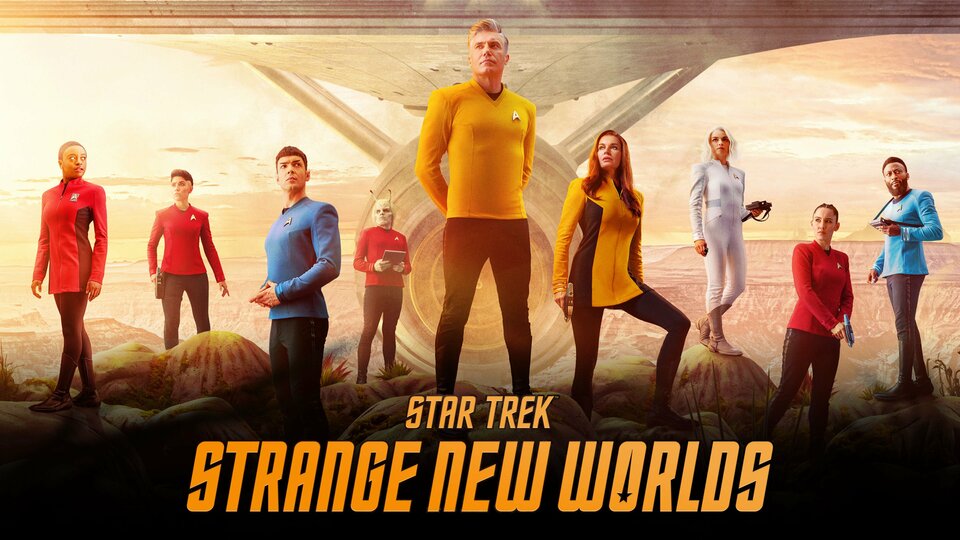
The most grandiose space story
In early August 2023, the second season of the fantastic series Star Trek: Strange New Worlds concluded. It marked the latest chapter in the history of the most significant American space franchise to date. To understand the significance of the latest space adventures, where the crew embarks on new voyages, encountering the unknown among the stars, it’s essential to understand the role this phenomenon plays in American and global culture.
The first series in the franchise, simply titled Star Trek, premiered in 1966. It depicted the adventures of the Enterprise starship, boldly going where no one had gone before, encountering previously unseen phenomena and strange creatures, leading to ambiguous situations that needed to be resolved.
This formula became classic for all parts of Star Trek. However, initially, the show’s ratings were low, and there were even discussions about canceling it. But then, letters started pouring into the TV channel’s office. This series, it seemed, resonated with science and science fiction enthusiasts, and among them were quite a lot of influential or socially active individuals.
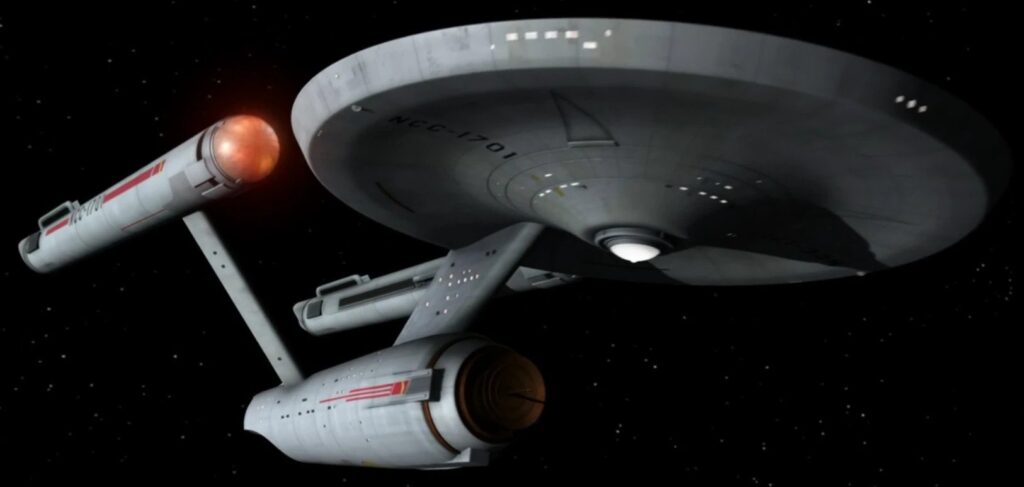
Eventually, the series was canceled, but its fan base continued to grow. Nowadays, no one is surprised by fan art, cosplay, and themed events. But back in the early 1970s, “Trekkies” (as fans of Star Trek called themselves) kind of shocked everyone. Nevertheless, over time, these enthusiasts — who translated Shakespeare into the fictional Klingon language — gradually infiltrated NASA, American scientific institutions, and community of science popularizers.
New series began airing. Each time fans grumbled that they are “not what it used to be,” and that everything that could be said about the iconic universe had been already said. However, over time, each of these new series became cult classics, and “Trekkies” and science fiction enthusiasts eagerly awaited sequels.
Why Star Trek Became a Cult Classic
When Star Trek creator Gene Roddenberry envisioned his series, he wanted to create a serious science fiction story with a non-childish plot that could be easily understood by those who wanted to have fun without being familiar with the latest discoveries in space science. He took well-established science fiction plots and made his main characters interact with them as if they were real living people, familiar with religious and racial intolerance, fanatical beliefs, fleeting love, and ambitions that sometimes blinded even the best of us.
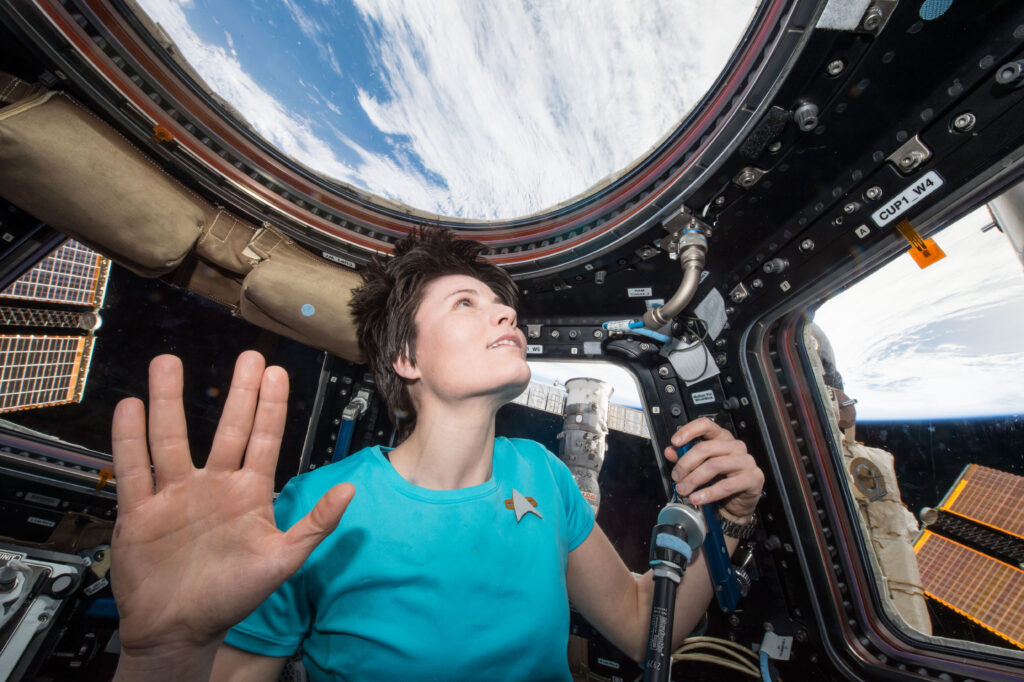
As a result, Star Trek became a model for how Americans envision a bright and intelligent stellar future for their nation. According to the plot, all the ships and stations in the various Star Trek series belong to the United Federation of Planets. It’s a union of intelligent species governed by the principles of equality, openness, humanism, and everything that is commonly referred to as liberal values. This is why their antagonists in each series are civilizations that reject these values: the warlike Klingons, the cunning Romulans, and the merciless Borg.
The main conflict throughout the entire franchise can be summarized as follows: “What will you do when good and unbiased behavior means allowing pain, death, and bloodshed?” In different series of Star Trek, this question is approached from various angles.
Classic articulation of this principle in the series is the “Kobayashi Maru” test, which starship captains of the Federation take in the fictional universe. The test involves a peaceful research vessel facing catastrophe on the border with the warlike Klingons. Saving it means starting a war and certain death.
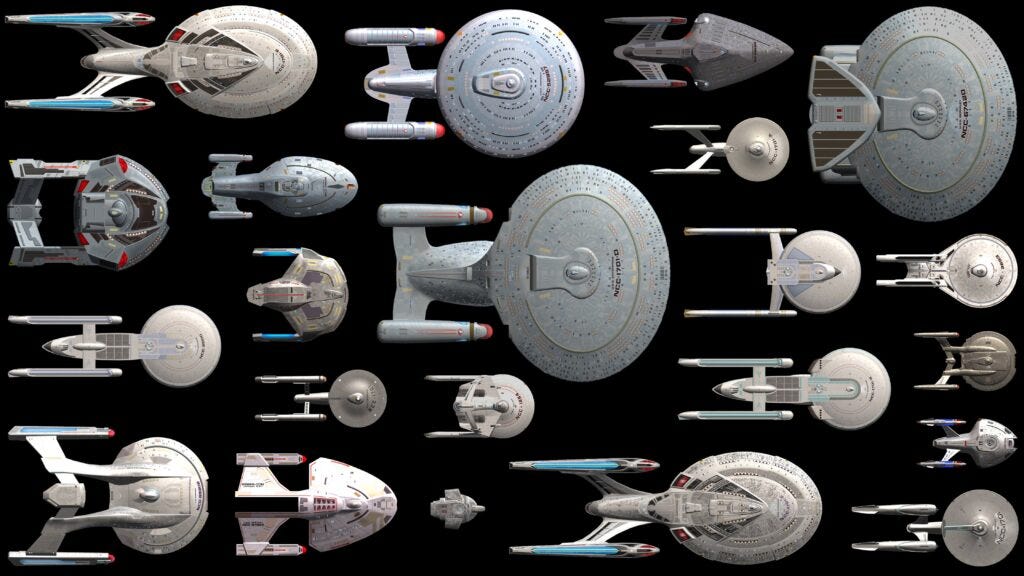
According to the test’s conditions, there’s no right solution, but the first captain of the starship Enterprise, James Kirk, faked it’s results, arguing that in life, there are no no-win scenarios. His belief that, by using their intelligence, people can save lives even in seemingly impossible situations became the basis for most of the franchise’s storylines — and this is what viewers love about it.
How Star Trek Influenced Technology
While “Star Trek” wasn’t created to showcase realistic future technologies to people, it had a significant impact on the development of science and technology. For instance, the medical tricorders used in the series inspired developers to create devices for diagnosing internal organs without surgical intervention.
Touchscreen computer interfaces and automatic translators also made their first appearances in the series and later became a reality. Modern 3D printers were developed as an attempt to replicate the replicators, which in the franchise’s fictional world can “print” almost anything.
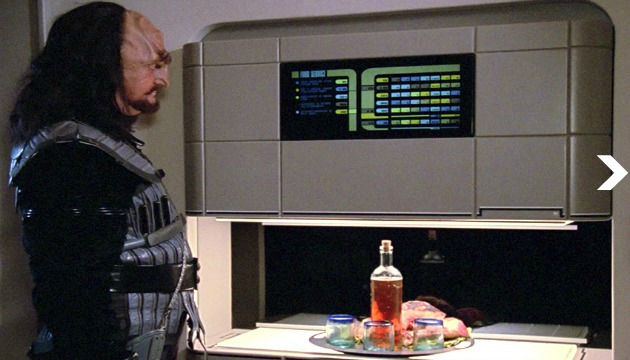
The fictional universe inspired young people who watched the series to become engineers, physicists, and astronomers, and this process is far from over. After all, things like teleportation and travel at warp speed are still not a reality, although researchers are working in these directions.
What’s New in Star Trek: Strange New Worlds
Star Trek: Strange New Worlds is a sort of spin-off from the previous series, Star Trek: Discovery, which has been airing since 2018 and is a reinterpretation of the story with a different starship and crew, set just before the events of the 1966 series.
Gradually, characters from the original Star Trek were introduced into the plot, and audiences liked this. So Star Trek: Strange New Worlds got even closer to the original series, and its action takes place on board the original starship of the franchise, Enterprise. However, the characters in it act as if they are our contemporaries, not people from the 1960s.
The first season of Strange New Worlds was released in 2022. It reflects the influence of contemporary events. In the very first episode, there’s a civilization on the brink of mutual destruction due to two opposing factions. Then, a colonized planet destroyed by aliens joins the fray, along with space pirates who blackmail officials. The final episode features an attempt to correct the future that ends in a war that shouldn’t have happened.
It can’t be said that Strange New Worlds is significantly darker than anything produced within the franchise before. Rather, the creators didn’t shy away from bringing real-life issues into the series without embellishment. As the series progresses, the characters increasingly disregard formal rules to prevent people from dying.
The second season is an experiment in this regard. On one hand, there are openly comedic episodes about the characters encountering the crew of an animated series, Star Trek: Lower Decks, and everyone on board starts singing as if in a musical.
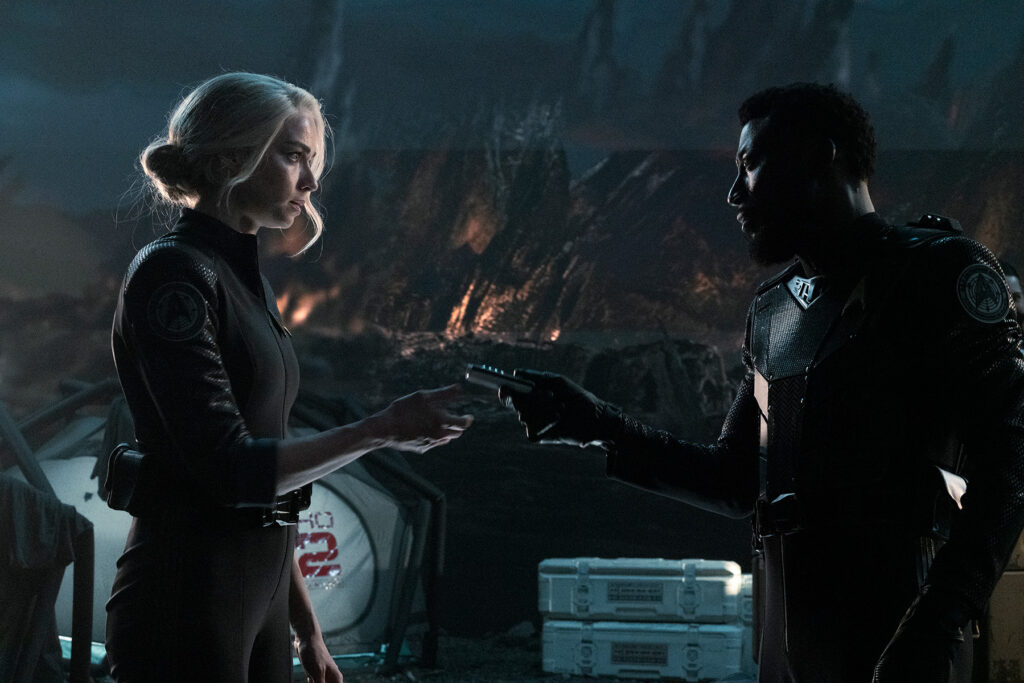
On the other hand, there’s an episode about negotiations with aliens on the brink of war, involving both Klingons and Romulans. It’s necessary to understand them to prevent them from uniting as enemies. There’s also an episode featuring a planet where the Federation and Klingons jointly extract valuable resources, and dark schemes surrounding it.
In the episode Under the Cloak of War, it’s revealed that a recent war with the Klingons, in which millions died, has just ended. A former Klingon general, now a Federation ambassador, arrives on board. Some of the characters, who participated in the fighting, openly express something unprecedented in Star Trek: “How can I sit at a table with him after all the deaths that occurred?”
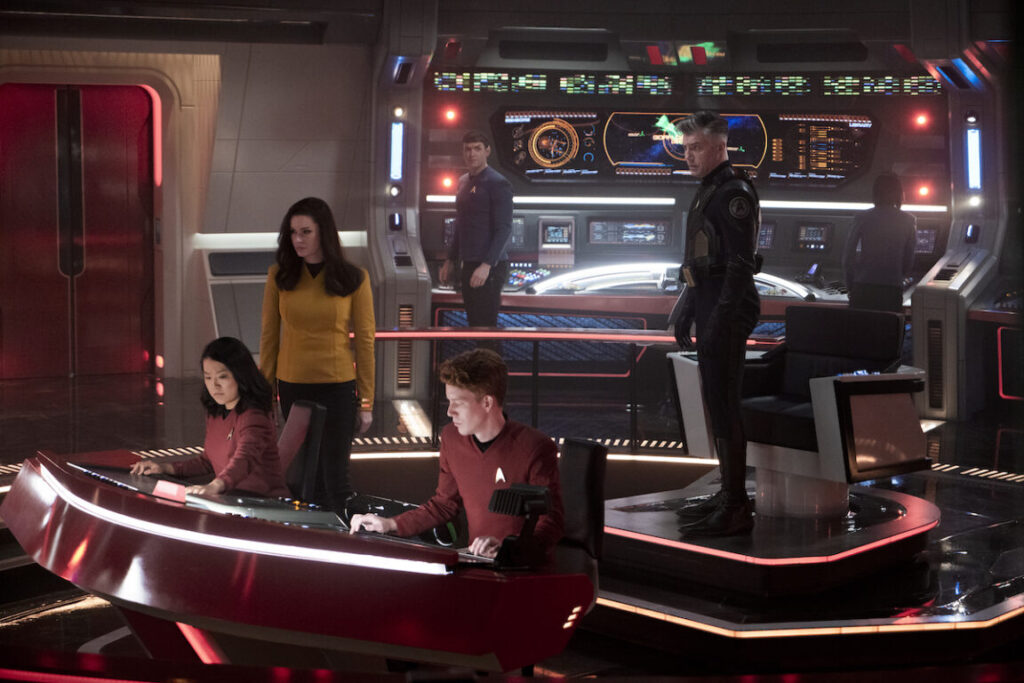
The second season concludes with an episode about the Gorns. These intelligent lizards view other intelligent beings as food, and those they don’t eat immediately, they turn into incubators to grow more of their kind. The Federation is not prepared for a war with them and does everything to hush up border incidents, delaying escalation.
Suddenly, the Tholians attack a planet inhabited by humans, who are not members of the Federation. They literally draw red lines warning the benevolent and humane Starfleet not to cross while they destroy the population. The crew of the Enterprise manages to save some of the population, but the rest, along with the rescuers, are taken captive. The season ends with a scene where everyone awaits the decision of the ship’s captain, whether he will dare to attack the enemy.
It’s known that there will be a third season. But its plot is covered by the fog of war.

